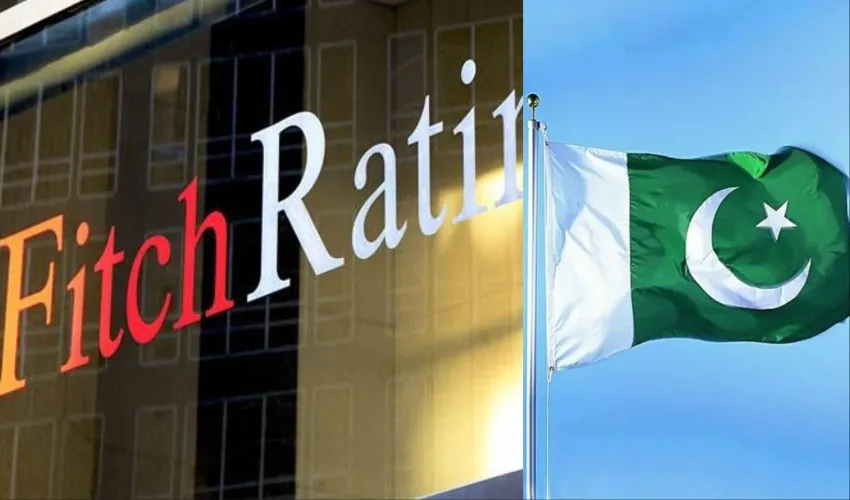Pakistan’s banking sector is expected to benefit from better economic outlook and better business opportunities as economic conditions stabilize, Fitch Ratings said in a recent report, highlighting the sector’s resilience and improved prospects amid easing macroeconomic challenges.
The global ratings agency pointed to Pakistan’s upgraded sovereign credit profile as a key driver of optimism. In April 2025, Fitch raised the country’s Long-Term Issuer Default Rating (IDR) to ‘B-’/Stable from ‘CCC+’, reflecting fiscal reforms, stronger external buffers, and a gradual recovery in growth.
According to the report, real GDP is projected to rise to 3.5% by 2027, up from 2.5% in 2024, while inflation, which had surged to 38% in May 2023, has eased to 4.1% in July 2025. The average inflation rate for 2025 is expected to hover around 5%. At the same time, the policy rate has been halved since May 2024, standing at 11%, providing further support to private credit demand and economic recovery.
Fitch noted that these conditions will likely fuel loan and deposit growth, enhancing banks’ performance and encouraging greater private-sector lending. Private-sector credit, which had slumped to 9.7% of GDP in 2024, is forecast to improve as reliance on government borrowing diminishes.
“Despite challenging conditions in recent years, Pakistani banks have demonstrated resilience,” the report stated. The impaired loan ratio fell to 7.1% by March 2025, compared to 7.6% at the end of 2023, supported by robust loan growth of 26%. Although improvement is expected to slow with moderating credit expansion, lower interest rates are likely to strengthen repayment capacity and keep asset-quality risks in check.
Profitability, however, has normalized. Return on average equity stood at 20% in the first quarter of 2025, down from 27% in 2023, as narrower net interest margins and higher operating costs weighed on earnings. Nonetheless, non-interest income and treasury operations are expected to provide support.
The report further highlighted that the banking system’s capital adequacy ratio reached a decade-high of 21% by March 2025, well above the regulatory minimum of 11.5%. Although this may moderate as lending to the private sector expands, the sector’s capital buffers remain robust.
Funding and liquidity metrics were also described as strong. Customer deposits accounted for 65% of total funding, while the loan-to-deposit ratio remained low at 38% as of June 2025. Deposit dollarization, at just 7%, has shielded banks from external volatility.









